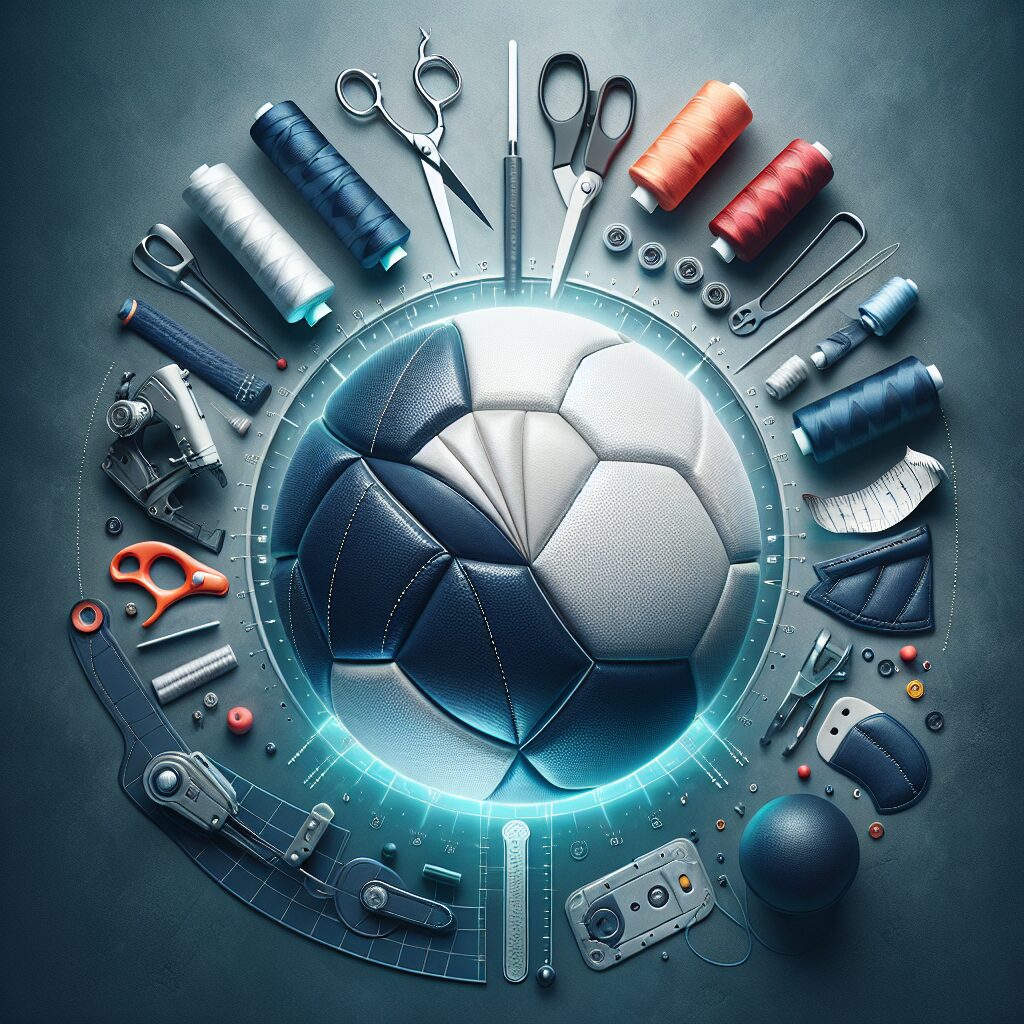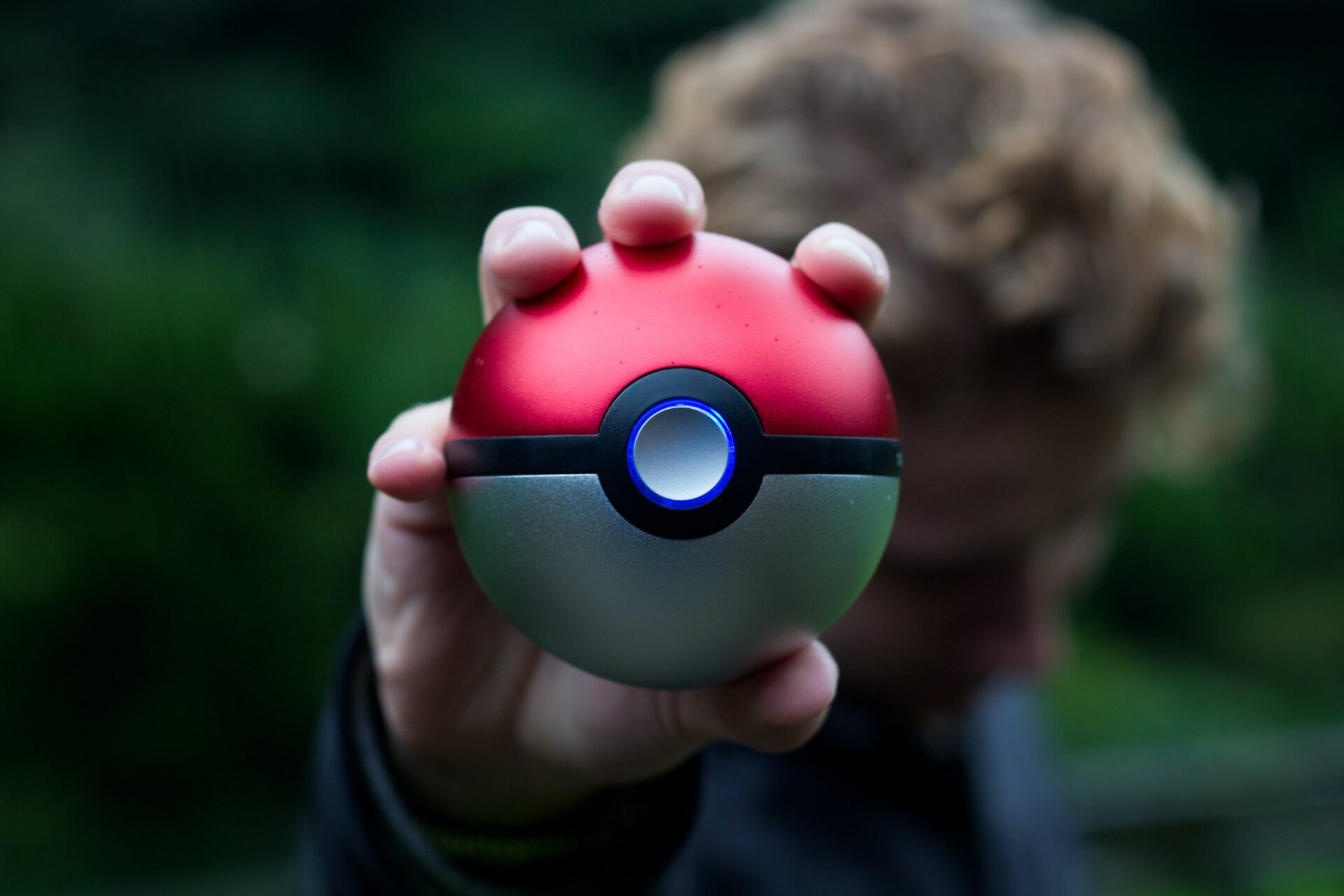Rubber Durability: Ensuring Long-Lasting Balls
Rubber is a versatile material widely used in various industries for its durability and flexibility. When it comes to sports equipment, rubber plays a crucial role in ensuring the longevity and performance of balls. The unique properties of rubber make it an ideal choice for manufacturing sports balls, providing them with the necessary bounce, grip, and resistance to wear and tear.
One of the key impacts of rubber durability is its ability to withstand constant impact and pressure. Whether it’s a soccer ball being kicked around a field or a basketball bouncing on the hardwood, rubber ensures that the ball remains intact and retains its shape over time. Additionally, rubber’s innate elasticity allows for consistent bouncing, making sports balls both predictable and enjoyable to play with.
In the upcoming section, we will explore the various factors that contribute to rubber durability and how manufacturers can ensure the longevity of sports balls. We will delve into the importance of material selection, manufacturing techniques, and proper maintenance practices. By understanding these key takeaways, athletes, coaches, and sports enthusiasts alike can make informed decisions when purchasing sports balls, ultimately enhancing their playing experience.
Key Takeaways
1. Rubber durability is crucial for long-lasting balls in various industries, such as sports, manufacturing, and automotive, where the integrity and performance of rubber products are essential.
2. Several factors can impact rubber durability, including environmental conditions like temperature, humidity, and exposure to UV radiation, as well as mechanical stressors like pressure, impact, and friction.
3. Proper formulation and compounding of rubber compounds are essential to enhance their durability. This involves selecting the right ingredients, such as curing agents, fillers, and antioxidants, in appropriate proportions to ensure optimal performance and resistance to degradation.
4. Testing plays a vital role in assessing rubber durability, allowing manufacturers to identify potential weaknesses and verify the effectiveness of their formulation. Accelerated aging tests simulate harsh conditions to predict the long-term performance of rubber products accurately.
5. By understanding the factors influencing rubber durability and employing effective testing methods, manufacturers can ensure the production of long-lasting rubber balls that meet the demands of end-users across various industries.
How to Ensure Rubber Durability for Long-Lasting Balls?
Factors Affecting Rubber Durability
Rubber durability plays a significant role in the longevity of balls. Understanding the factors that influence rubber durability is crucial in ensuring their long-lasting performance. Here are some key aspects to consider:
1. Rubber Composition
The composition of the rubber used in the balls directly affects their durability. Different rubber formulations vary in their resistance to wear, tearing, and breakage. Opting for high-quality rubber with a balance of flexibility and resilience is essential for long-lasting balls.
2. Manufacturing Process
The manufacturing process employed for rubber balls also determines their overall durability. Factors such as vulcanization temperature, curing time, and molding techniques influence the strength and longevity of the rubber. Ensuring that the balls are manufactured using reliable and standardized processes is crucial.
3. Environmental Conditions
External conditions such as temperature, moisture, and exposure to UV rays can significantly impact the durability of rubber balls. Extreme heat, excessive humidity, and direct sunlight can cause rubber to deteriorate faster. Storing the balls in a cool, dry place away from sunlight can help prolong their lifespan.
Tips for Maintaining Rubber Durability
To ensure the long-lasting durability of rubber balls, it is important to follow these essential maintenance tips:
1. Regular Cleaning
Clean the rubber balls regularly using mild soap and warm water. Avoid using harsh chemicals or abrasive cleaners that could damage the rubber. Gently scrub the surface of the balls to remove any dirt or debris and rinse thoroughly.
2. Proper Storage
Store rubber balls in a clean and dry environment, away from extreme temperatures and direct sunlight. Excessive heat or cold can cause the rubber to expand or contract, leading to cracks or deformities. Using airtight containers or bags can help protect the balls from moisture and dust.
3. Avoid Sharp Surfaces
Avoid playing with rubber balls on rough or abrasive surfaces that can cause cuts, punctures, or excessive wear on the rubber. Opt for suitable playing areas to minimize damage and extend the lifespan of the balls.
4. Regular Inspections
Regularly inspect the rubber balls for any signs of wear, tears, or degradation. If any damage is detected, it is advisable to replace the balls to prevent further deterioration and maintain optimal performance.
5. Proper Inflation
Ensure that the rubber balls are properly inflated according to the manufacturer’s recommendations. Over-inflation or under-inflation can affect the durability of the balls and compromise their performance. Use a reliable pressure gauge to maintain the recommended pressure levels.
Frequently Asked Questions
1. How long do rubber balls typically last?
Rubber balls can have varying lifespans depending on factors such as usage, storage conditions, and the quality of the rubber. On average, a high-quality rubber ball can last anywhere from several months to a few years with proper care.
2. Can rubber balls withstand harsh weather conditions?
Yes, rubber balls are designed to be durable and weather-resistant. They can withstand extreme heat, cold, and moisture without significant degradation. However, it is still recommended to store the balls properly when not in use to prolong their lifespan.
3. How often should rubber balls be cleaned?
The frequency of cleaning rubber balls depends on their usage. Generally, it is a good practice to clean them after each use to remove dirt, debris, and sweat. Use a mild cleaning solution and warm water to gently clean the balls, and then allow them to air dry before storage.
4. Can rubber balls be used indoors and outdoors?
Yes, rubber balls are versatile and suitable for both indoor and outdoor play. They are designed to provide good bounce and durability on various surfaces, including hard courts, grass, and gymnasium floors.
5. Are there any special storage requirements for rubber balls?
While rubber balls are somewhat resilient, it is recommended to store them in a cool and dry place when not in use. Excessive heat, direct sunlight, and high humidity can accelerate the deterioration of the rubber. Avoid storing them near chemicals or sharp objects that could damage the surface of the balls.
6. Can rubber balls handle intense sports activities?
Yes, rubber balls are designed to withstand the demands of intense sports activities. They are typically constructed with multiple layers of rubber for enhanced durability and longevity. However, it is essential to choose the right type of rubber ball that suits the specific sport or activity for optimal performance and safety.
7. How can I prevent rubber balls from losing their bounce?
To maintain the bounce of rubber balls, avoid exposing them to extreme temperatures and sharp objects that can puncture or damage the surface. Additionally, periodically inspect the condition of the balls for signs of wear or deformation, and replace them if necessary.
8. Are there any specific cleaning products recommended for rubber balls?
It is best to use mild cleaning solutions or soapy water when cleaning rubber balls. Harsh chemicals or abrasive cleansers can damage the rubber surface and affect the ball’s performance. Avoid using bleach or other strong disinfectants unless specifically recommended by the manufacturer.
9. Can rubber balls be repaired if they develop cracks or tears?
Small cracks or tears in rubber balls may not be repairable, and it is usually more cost-effective to replace them. However, depending on the severity of the damage, there are specialized rubber repair kits available that can be used to fix minor issues. Follow the instructions provided by the kit manufacturer carefully.
10. What should I do if my rubber ball loses its grip?
If your rubber ball loses its grip over time, you can try cleaning the surface with warm water and a mild soap to remove any dirt or residue that may be affecting the grip. If cleaning does not restore the grip, it might be time to consider replacing the ball.
Final Thoughts
Ensuring the durability and longevity of rubber balls is crucial for maximizing your enjoyment and performance during various sports and recreational activities. By following proper care and maintenance practices, such as regular cleaning, storing them correctly, and inspecting for signs of wear, you can significantly extend the lifespan of rubber balls. Investing in high-quality rubber balls and using them appropriately for their intended purposes will also contribute to their long-lasting performance and durability. Remember, taking care of your rubber balls not only saves you valuable time and money in the long run but also allows you to have uninterrupted fun on the court or field.
In conclusion, understanding the factors that impact rubber durability and applying appropriate maintenance techniques can help you enjoy long-lasting rubber balls. By following the tips provided in this article, you can ensure maximum longevity, optimal performance, and continued enjoyment from your rubber balls. So go ahead, grab your rubber balls, and make the most of your sporting adventures!




